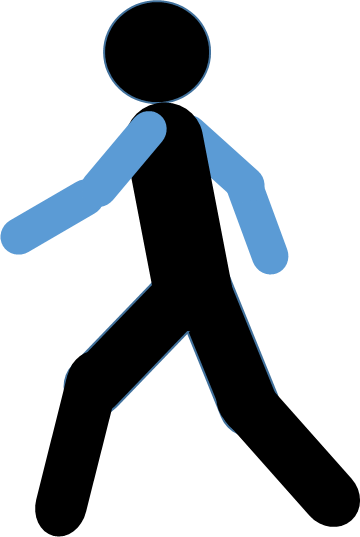Dynamics of Circulating CD14/CD16 Monocyte Subsets in Obstructive Sleep Apnea Syndrome Patients upon Hypoglossal Nerve Stimulation.
Abstract
Background: Obstructive sleep apnea syndrome (OSAS) is a widespread respiratory disease that is associated with recurrent breathing intermissions at night. The corresponding oxidative stress triggers a low-grade systemic inflammation which leads to alterations of different immune cells in the peripheral blood. The current standard treatment for OSAS is continuous positive airway pressure (CPAP), whereas hypoglossal nerve stimulation (HNS) has been established as a second-line treatment option for CPAP failure. The aim of the study was to investigate the influence of HNS for OSAS patients on the distribution and differentiation of circulating monocyte subsets in connection with the clinical parameters. Materials and Methods: Therefore, a detailed analysis of the distribution of CD14/CD16 characterized monocyte subsets in the peripheral blood of OSAS patients before and after HNS therapy was performed by flow cytometry. Furthermore, values of BMI (body mass index), ODI (oxygen desaturation index), and ESS (Epworth Sleepiness Scale) were measured. Results: These OSAS patients significantly improved AHI and ESS scores under HNS. In addition, HNS revealed the potential to ensure normal distributions of blood monocyte subsets and even improved the monocyte dynamics in selected OSAS patients, but there were no significant correlations with AHI, ODI, HNS usage, and daytime sleepiness. Conclusions: We conclude that HNS-related positive effects on the oxygenation of the peripheral blood as well as affect the distribution of circulating monocyte subsets, but clinical OSAS correlations are missing. Far more individual clinical, cellular and molecular factors are involved in this sensitive and complex regulatory network and have to be elucidated in further studies.
| Authors: | Pries R, Lange C, Behn N, Bruchhage KL, Steffen A, |
|---|---|
| Journal: | Biomedicines; 2022 Aug 9;10(8):1925. doi:10.3390/biomedicines10081925 |
| Year: | 2022 |
| PubMed: | PMID: 36009474 (Go to PubMed) |

